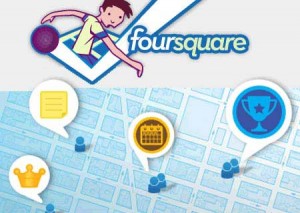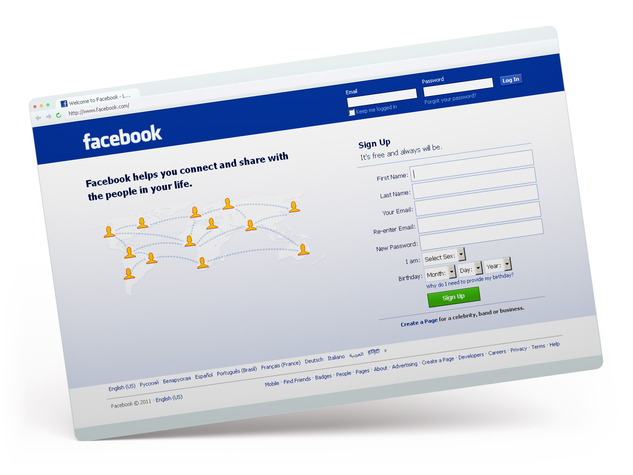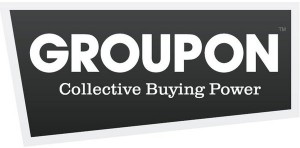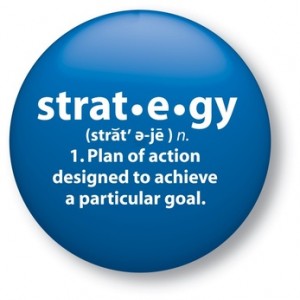I’ve been dabbling with the new “social media” app called Foursquare. It seemed, from the very beginning to be a great app to help small businesses reach new customers.
So I decided I’d not only try it out, I’d jump in and do everything you could do with it so I could really see how small businesses are using it, and perhaps be amongst the first to know of any changes or monetization ideas.
To some degree Foursquare is a game. For small businesses, that may make it hard to conceptualize as a revenue generator. But the game involves GPS in mobile phones, which means people must find you in order to play.
If you’re small business goal is to increase exposure, then Foursquare might be a small part of that strategy. From the game perspective, that only works if checking into your business contributes to the player achieving a Foursquare goal like attaining a new Foursquare Badge.
(By the way, it’s really a mobile phone scavenger hunt where “badges” are the prize and “check-ins” are the requirements.)
So far some big companies have been able to get their own badges, like Lucky Mag, Explore Chicago, Mountain Dew and Zagat’s. For the small business, that hasn’t been an option.
But the other side of Foursquare is where small businesses have made some headway. The person who checks in the most times at an establishment gets labeled as the “Mayor” of that location. Places like Starbucks are honoring Mayors with 15% off at the register. Get your customers competing to be the Mayor – and perhaps you’ll increase the number of times your regulars show up.
For some businesses (like this one), Foursquare has been a tremendous asset to their bottom line. But the ease of “check-ins” make me wonder.
In my quest to get all the badges being offered by companies and Foursquare, I’ve noticed a few things.
- You can check-in without going inside and sometimes being as far a city block away. Occassionaly I ran into a pop-up that said “Whoa, you’re too far away to check-in”, but it is rare.
- You can drive around like in a scavenger hunt and check-in at all the places you need to. (Though there is a pop-up if you check in to several too quickly).
- If you’re GPS shows you to be somewhere else, because of a glitch, you can check-in wherever your phone thinks you are. But if your GPS rights itself and you check in again locally, you’ll get a “Whoa, you couldn’t possibly have traveled that fast” pop-up.
- Finally, it’s hard to check-in if you’re business is in a building that inhibits your phone GPS from working. That’s the most frustrating part.
There’s little downside to listing your business on Foursquare. Probably the very best thing is knowing that anytime someone checks in within a 1,000 meters, they have a chance to see that you’re a nearby business – which they may have never known before.
If you’re “playing” foursquare and have some ideas for small businesses – leave them here and let’s chat about them!



![Reblog this post [with Zemanta]](https://img.zemanta.com/reblog_e.png?x-id=f6e19a2a-209b-4af1-a690-b8a82b5b9d30)





 Being a social media for offline business guy, I take special note when anything local businesses are doing online and making visible to the customer. This weekend I had the pleasure of dining at MaggieMoo’s on West End in Nashville and thought I’d share that experience.
Being a social media for offline business guy, I take special note when anything local businesses are doing online and making visible to the customer. This weekend I had the pleasure of dining at MaggieMoo’s on West End in Nashville and thought I’d share that experience.